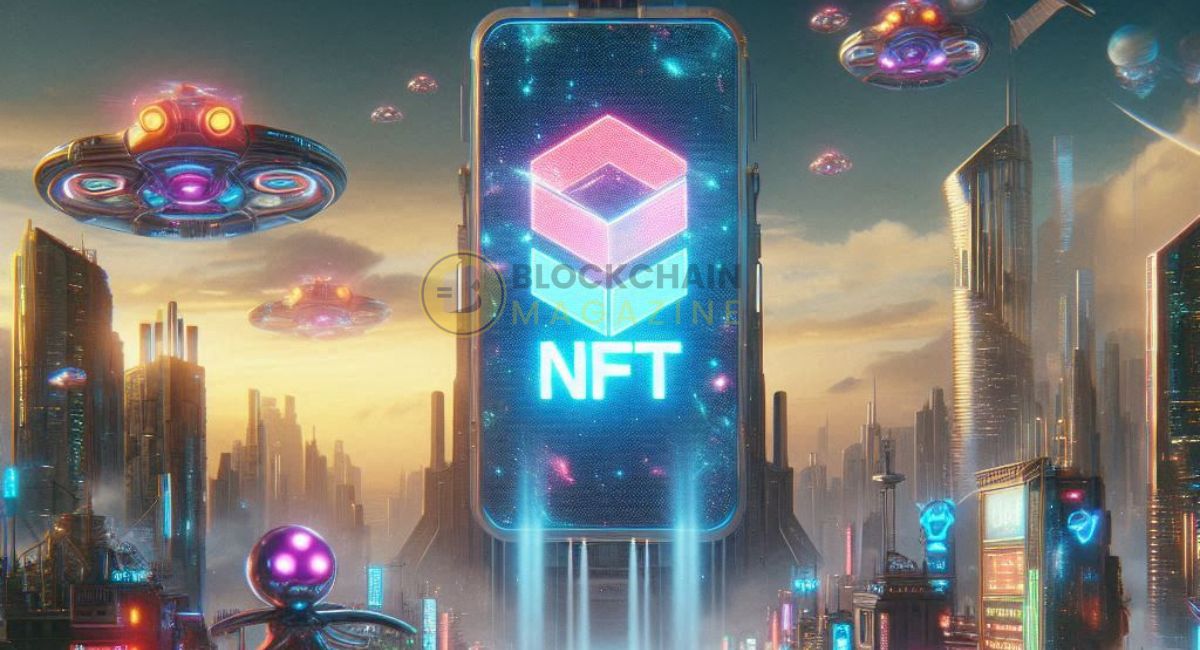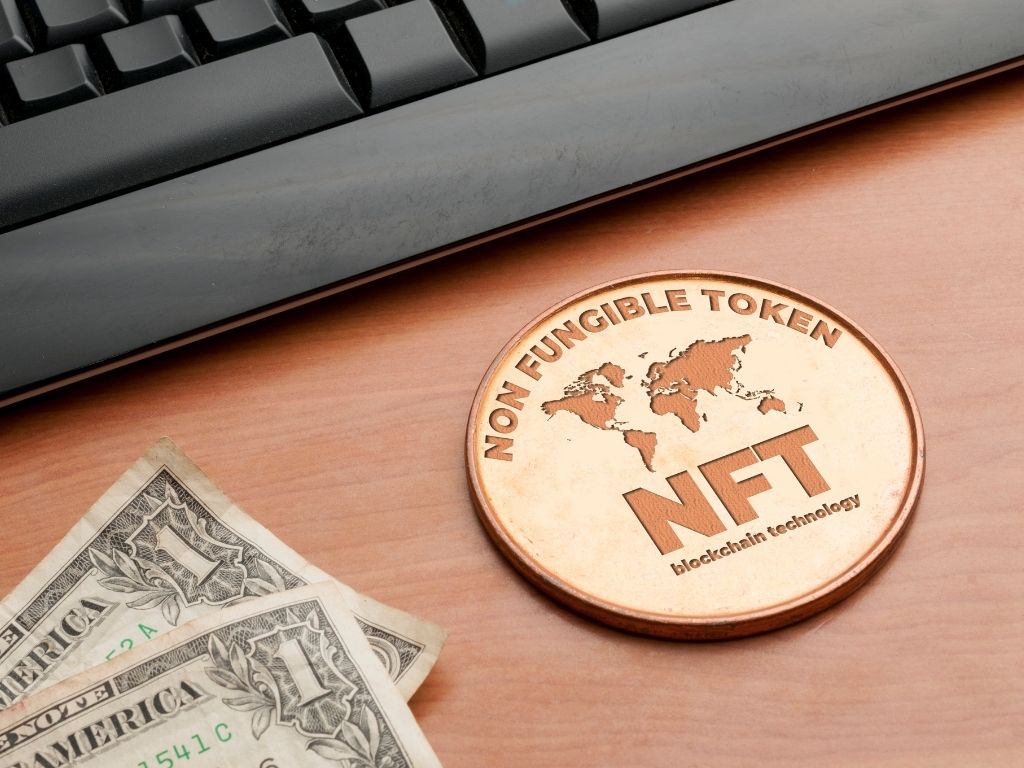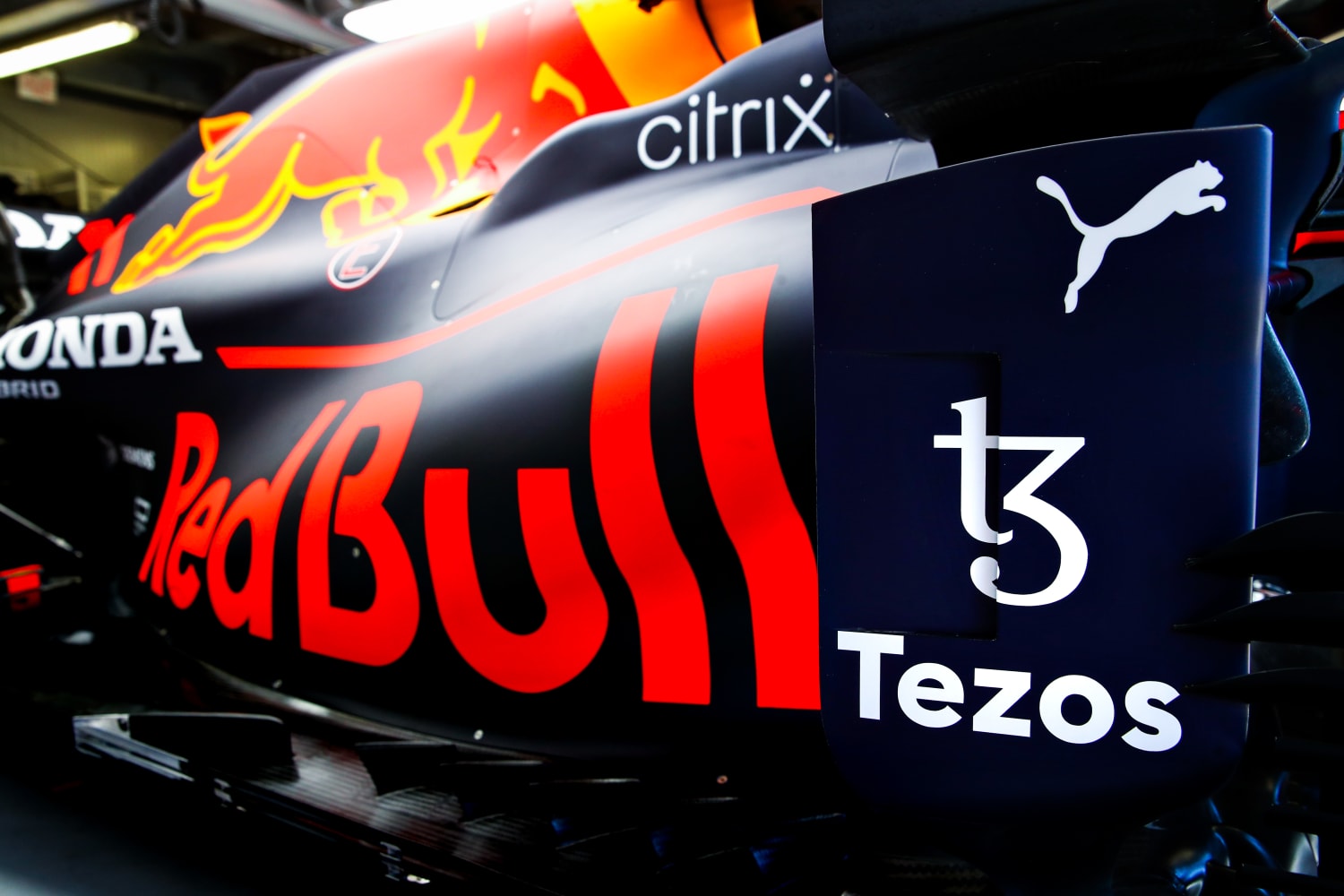Utility-Driven NFTs: Shaping the Amazing Future of Digital Assets and Blockchain Use Cases In 2025
The world of Non-Fungible Tokens (NFTs) has evolved significantly since its early days of digital art and collectibles. Initially, NFTs were synonymous with rare, one-of-a-kind digital assets, often used for art, music, and virtual goods. However, as the technology behind NFTs matures, a new wave of innovation is emerging—utility-driven NFTs. These are NFTs that provide tangible, functional value to their holders beyond just ownership of digital art or media.
In this article, we will delve into the concept of utility-driven NFTs, explore their various applications, and discuss how they are transforming industries such as gaming, real estate, ticketing, and more. We will also examine the benefits, challenges, and future potential of utility-driven NFTs, and why they represent the next evolution of blockchain-based digital assets.
Understanding NFTs and the Shift Toward Utility
What Are NFTs?
NFTs are a type of digital asset stored on a blockchain, representing ownership or proof of authenticity of a unique item or piece of content. Unlike cryptocurrencies, which are fungible and can be exchanged on a one-to-one basis (e.g., one Bitcoin equals another Bitcoin), NFTs are unique and cannot be exchanged on a like-for-like basis. Each NFT contains distinct metadata and attributes that make it different from any other token, even within the same project.
The key properties of NFTs include:
- Uniqueness: Every NFT has a unique identifier.
- Indivisibility: NFTs cannot be divided into smaller units.
- Ownership: NFTs are verifiably owned by individuals, and this ownership is secured on the blockchain.
NFTs have become widely associated with digital art, with platforms like OpenSea, Rarible, and SuperRare enabling artists to tokenize their work. However, the focus of the NFT ecosystem is expanding beyond art to include a variety of use cases that offer real-world value—this is where utility-driven NFTs come into play.
What Are Utility-Driven NFTs?
Utility-driven NFTs are tokens that provide more than just proof of ownership or digital collectability. These NFTs come with built-in utilities or functionalities that enhance their value by offering holders specific benefits, access, or experiences. Instead of being purely speculative assets, utility-driven NFTs are often designed to integrate into existing industries, products, or services, making them functional and valuable in a variety of contexts.
For example, utility-driven NFTs may serve as:
- Access tokens: Providing holders with access to exclusive events, digital spaces, or content.
- Membership cards: Granting access to communities, online platforms, or services.
- In-game assets: Allowing players to use NFTs as items, characters, or land within video games.
- Digital real estate: Representing ownership or access to virtual properties within metaverse platforms.
- Loyalty rewards: Providing customers with redeemable tokens for real-world goods or services.
This shift from collectible-focused NFTs to utility-driven NFTs is transforming how the market views the technology. Rather than merely being digital representations of art or scarce assets, NFTs are evolving into functional tools that can drive real-world applications and experiences.
Key Benefits of Utility-Driven NFTs
Utility-driven NFTs provide a variety of advantages that go beyond the speculative nature of traditional NFTs. Let’s explore the key benefits they offer:
1. Enhancing User Engagement
Utility-driven NFTs create more meaningful interactions between creators, platforms, and users. For example, when an NFT acts as a ticket to an exclusive event, it provides its holder with a unique experience that cannot be replicated. Similarly, in the gaming industry, utility-driven NFTs give players the opportunity to own unique in-game assets, such as weapons, skins, or even entire virtual lands. This increased utility helps to enhance user engagement, ensuring that NFTs are not just a form of digital ownership, but also integral components of an experience.
2. Monetizing Digital Assets
Utility-driven NFTs provide creators, businesses, and platforms with new ways to monetize their digital assets. Whether it’s a content creator using NFTs as access tokens for premium content, or a game developer selling in-game assets as NFTs, the ability to tokenize utility increases the value proposition for both creators and consumers. These NFTs enable creators to earn recurring revenue through royalties, while users benefit from the value and utility that these assets provide.
3. Decentralized Ownership and Control
Utility-driven NFTs offer holders a level of decentralized ownership and control over digital assets. Whether it’s owning a plot of land in a virtual world or gaining exclusive access to a community, NFTs provide a verifiable proof of ownership that cannot be replicated or manipulated by a centralized authority. This form of ownership is particularly significant in the realm of digital real estate, gaming, and membership-based models.
4. Interoperability Across Platforms
One of the greatest strengths of utility-driven NFTs is their potential for interoperability. NFTs with inherent utility can be used across different platforms and ecosystems, enhancing their value. For example, a gaming NFT from one game may be compatible with another game or metaverse platform, giving players the ability to use their assets in multiple environments. Similarly, NFTs tied to real-world services or goods may be usable across different industries, increasing their practical value and applications.
5. Increased Access to New Markets
Utility-driven NFTs open up new markets and revenue streams for both creators and businesses. By offering tangible value in addition to the collectible nature of NFTs, creators and platforms can appeal to a broader audience—ranging from gamers and investors to consumers seeking loyalty rewards or digital goods. This broadened appeal helps to drive the mainstream adoption of NFTs.
Applications of Utility-Driven NFTs
Utility-driven NFTs are rapidly expanding beyond the traditional use cases of digital art. Let’s explore some of the industries and sectors where utility-driven NFTs are making a significant impact.
1. Gaming and Virtual Worlds
Gaming is one of the most dynamic industries for utility-driven NFTs. NFTs enable players to own and trade in-game assets, such as weapons, characters, skins, and virtual real estate. These assets have tangible in-game utility, allowing players to enhance their gaming experience and even generate real-world value through secondary markets.
Some notable examples include:
- Axie Infinity: A popular blockchain-based game where players can buy, sell, and battle with NFTs called “Axies.” These creatures can be used to earn in-game currency and rewards, with some players earning substantial profits.
- Decentraland: A virtual world where players can buy, sell, and trade virtual land as NFTs. These virtual properties can be developed into experiences, such as games, events, and digital stores.
Utility-driven NFTs allow players to truly own their in-game assets, creating a new economy within gaming ecosystems.
2. Digital Real Estate
In the metaverse, digital real estate is becoming a major use case for utility-driven NFTs. Platforms like The Sandbox, Decentraland, and Somnium Space enable users to buy, sell, and develop virtual land as NFTs. These digital properties can be used for gaming, social interaction, events, advertising, and even renting to other users.
Owning digital real estate as an NFT provides not only a sense of ownership but also the ability to monetize that property through leasing, selling, or hosting virtual events.
3. Membership and Loyalty Programs
Utility-driven NFTs are transforming membership and loyalty programs by providing verifiable proof of ownership. Rather than using traditional membership cards or loyalty points, businesses are creating NFTs that offer holders unique benefits, rewards, and experiences. These NFTs can be tied to discounts, access to exclusive events, or premium services.
For example, a restaurant could issue NFTs that grant customers access to special menu items, while a clothing brand could offer NFTs that give holders access to early releases or limited-edition products.
4. Ticketing and Event Access
NFTs are also being used as digital tickets for events, concerts, and festivals. These NFTs serve as proof of purchase and grant access to events, but they also offer additional benefits such as VIP access, exclusive content, or future discounts. Since NFTs are stored on the blockchain, they are easily transferrable, and their ownership can be verified without the risk of fraud.
For example, Audius uses NFTs to provide exclusive access to music releases, while Ticketmaster has explored the potential of NFTs as concert tickets. By utilizing NFTs for ticketing, event organizers can streamline the process and offer a more secure and seamless experience for attendees.
5. Intellectual Property and Licensing
Utility-driven NFTs are also transforming intellectual property (IP) and licensing by enabling creators and businesses to tokenize rights to digital assets. For example, musicians, filmmakers, and content creators can issue NFTs representing licenses for their work, allowing buyers to hold and trade the rights to use specific content. This opens up new revenue streams for creators and ensures more transparent and secure royalty payments.
6. Real-World Asset Tokenization
Utility-driven NFTs are being used to tokenize real-world assets like real estate, luxury goods, and even shares in a company. Tokenizing these assets allows for fractional ownership, giving more people access to high-value assets that would otherwise be out of reach. For example, a high-end car or piece of real estate could be represented as an NFT, allowing individuals to buy a share of the asset without having to buy it outright.
Challenges of Utility-Driven NFTs
While the potential of utility-driven NFTs is immense, there are several challenges that need to be addressed for widespread adoption:
- Scalability: The blockchain networks that support NFTs must be able to handle large volumes of transactions without experiencing high fees or delays. This is especially important for NFTs tied to gaming and real-time applications.
- Interoperability: As the NFT ecosystem expands, ensuring interoperability between different platforms and ecosystems is crucial. Utility-driven NFTs must work seamlessly across multiple platforms for maximum value.
- Regulatory Uncertainty: The legal landscape surrounding NFTs, especially when it comes to intellectual property and taxation, is still developing. Regulatory clarity will be necessary for businesses and individuals to confidently engage with NFTs.
- Environmental Impact: Many NFTs are minted on energy-intensive blockchains like Ethereum. The environmental impact of these networks is a growing concern, and solutions such as Ethereum 2.0 and Layer 2 scaling solutions need to be widely adopted to address these concerns.
The Future of Utility-Driven NFTs
As the NFT space matures, utility-driven NFTs will likely become a key component of blockchain adoption. Their ability to offer tangible, real-world value and integrate into existing industries makes them a powerful tool for creators, businesses, and consumers alike.
The future of utility-driven NFTs looks bright as they continue to expand across sectors such as gaming, real estate, and ticketing. As interoperability and scalability improve, and new use cases emerge, utility-driven NFTs will become an integral part of the digital economy, unlocking innovative opportunities for creators and consumers worldwide.
Also, read – Top Amazing potential signs of recovery and a shift towards utility-driven NFTs in 2024
Conclusion
Utility-driven NFTs are setting the stage for the next generation of digital assets. By offering more than just a collectible item, these NFTs provide functional, real-world value that enhances user experience, drives engagement, and opens new markets. As the technology continues to evolve, utility-driven NFTs have the potential to revolutionize industries ranging from gaming to real estate, entertainment, and beyond. They represent a shift from speculative investments to tangible, usable assets, making them an essential part of the blockchain ecosystem’s future.
Stay informed with daily updates from Blockchain Magazine on Google News. Click here to follow us and mark as favorite: [Blockchain Magazine on Google News].
Get Blockchain Insights In Inbox
Stay ahead of the curve with expert analysis and market updates.
latest from tech
Disclaimer: Any post shared by a third-party agency are sponsored and Blockchain Magazine has no views on any such posts. The views and opinions expressed in this post are those of the clients and do not necessarily reflect the official policy or position of Blockchain Magazine. The information provided in this post is for informational purposes only and should not be considered as financial, investment, or professional advice. Blockchain Magazine does not endorse or promote any specific products, services, or companies mentioned in this posts. Readers are encouraged to conduct their own research and consult with a qualified professional before making any financial decisions. The featured image used is just a creative depiction of the title and it does not intend to hurt sentiments of any person or institution. If it hurts anyone sentiments, please do not hesitate to reach out to Blockchain Magazine.

 Bitcoin
Bitcoin  Ethereum
Ethereum  XRP
XRP  Tether
Tether  Solana
Solana  USDC
USDC  Dogecoin
Dogecoin  Cardano
Cardano  Lido Staked Ether
Lido Staked Ether  TRON
TRON  Wrapped Bitcoin
Wrapped Bitcoin  Chainlink
Chainlink  Wrapped stETH
Wrapped stETH  Avalanche
Avalanche  Sui
Sui  Stellar
Stellar  Litecoin
Litecoin  Toncoin
Toncoin  Shiba Inu
Shiba Inu  Hedera
Hedera  LEO Token
LEO Token  USDS
USDS  Hyperliquid
Hyperliquid  Polkadot
Polkadot  WETH
WETH  MANTRA
MANTRA  Bitcoin Cash
Bitcoin Cash  Bitget Token
Bitget Token  Ethena USDe
Ethena USDe  Wrapped eETH
Wrapped eETH  Uniswap
Uniswap  Monero
Monero  NEAR Protocol
NEAR Protocol  Pepe
Pepe  WhiteBIT Coin
WhiteBIT Coin  Ondo
Ondo  Aave
Aave  Bittensor
Bittensor  Aptos
Aptos  Dai
Dai  Internet Computer
Internet Computer  Official Trump
Official Trump  Mantle
Mantle  Ethereum Classic
Ethereum Classic  OKB
OKB  Tokenize Xchange
Tokenize Xchange  Gate
Gate  sUSDS
sUSDS  Coinbase Wrapped BTC
Coinbase Wrapped BTC 




